Emma and I recently read an article about the longest possible train journey in the world. It begins, as it so happens, in Portugal (starting in Lagos, close to the southwestern tip of the country) and ends in Singapore; rail travel experts estimate that it would take a continuous 21 days of travel to complete. We’ve decided that one day, we’d like to attempt it. It’s a particularly lofty goal for me because on what could have been a three and a half hour journey from Lisbon to Porto, I felt the need to schedule a “layover” in the university town of Coimbra. I knew that stopping over for a night was a silly idea from the get-go but I’d heard good things about the town and wanted to see it for myself. Luckily, we found the stop to be worthwhile as we had some new and interesting experiences.

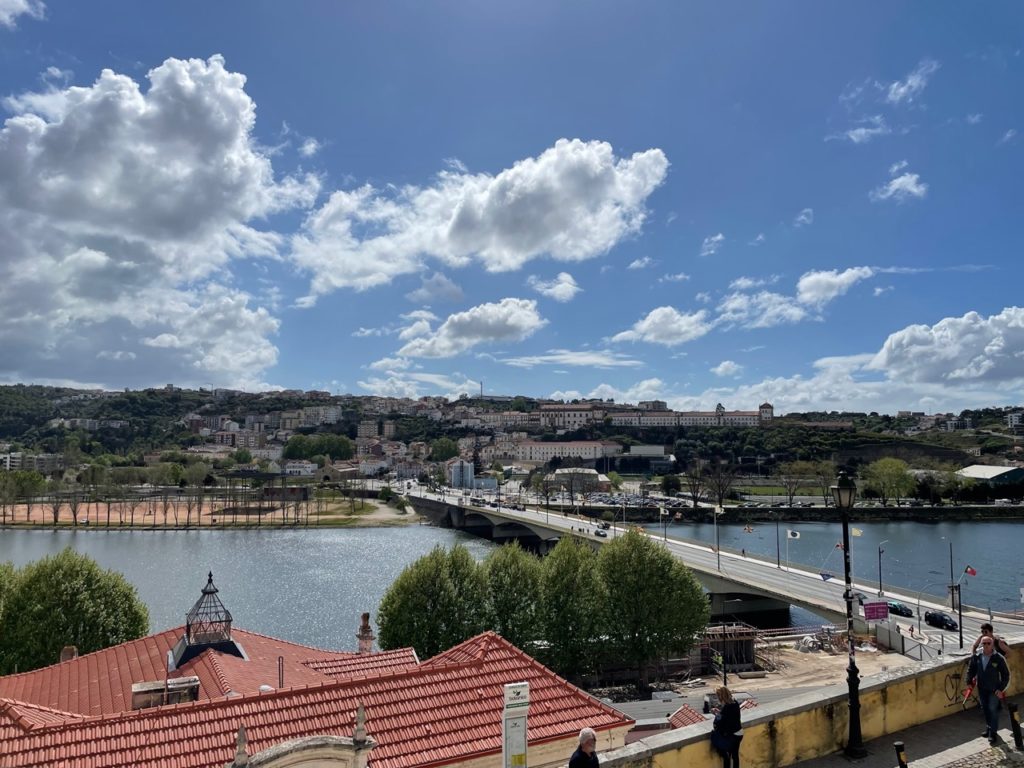
Our first impressions of Coimbra were positive: we arrived on a beautiful day and checked into a very neat concept hotel called ZERO Box Lodge Coimbra. Our room for the night, as you can see, was quite literally a box with zero windows. Thrilled to have a place to store our bags, we ventured into the winding and hilly streets of the old town with the goal of reaching the Biblioteca Joanina, the main library of the University of Coimbra. It’s supposed to have an ornate interior, complete with frescoes on its ceilings and thousands of volumes, though we didn’t see any of it as we arrived too close to the library’s closing for the day, at least according to their staff. We were a bit shocked to hear that a university library closed at 4:00 PM on a Monday, and so we wandered around campus for a little while and then went to find a snack.
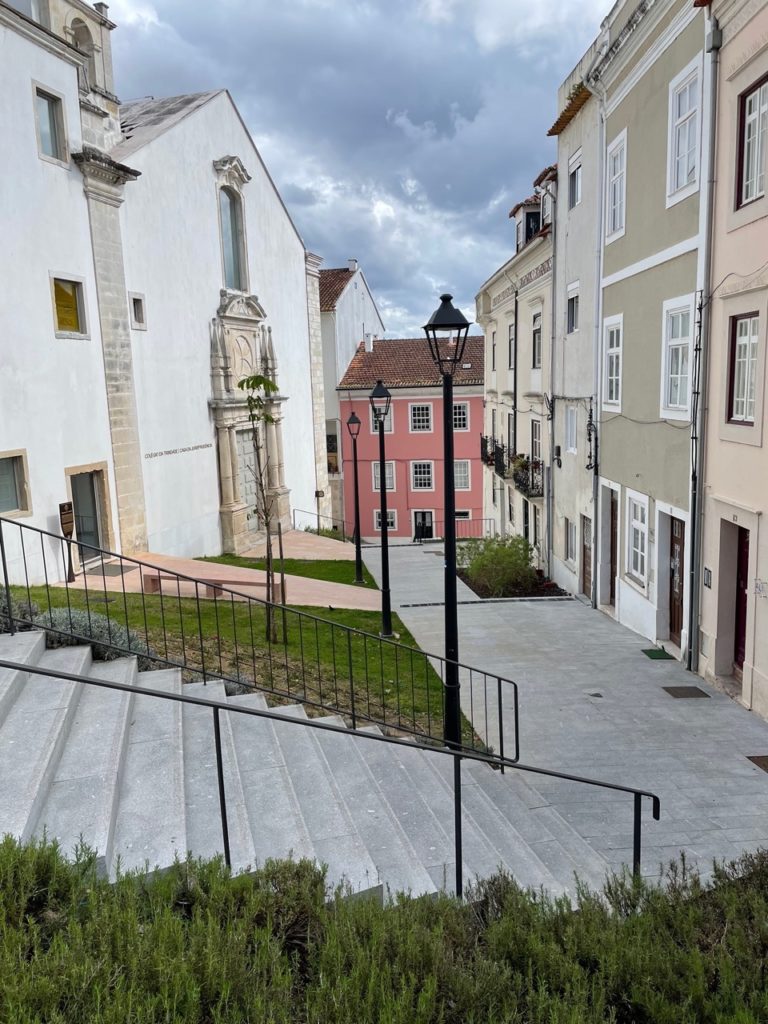


As we descended the hill on which the University of Coimbra sits, we passed by its very pretty and well-regarded law school—or so we thought—until we spotted graffiti on the side of one of its buildings urging us to, well, continue to leave.
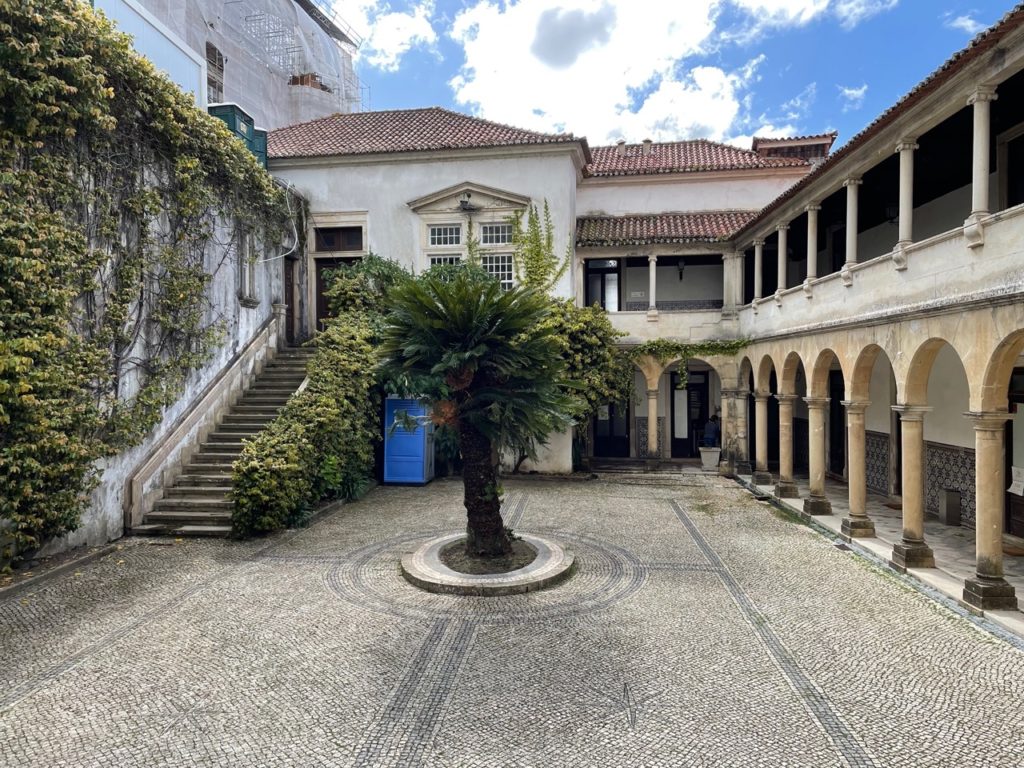

We stopped for a quick bite at a quaint student bar a few steps away from the town’s Old Cathedral. We also found these incredibly ornate sardine shops. Never before had I seen such lavish temples built in dedication to fish.

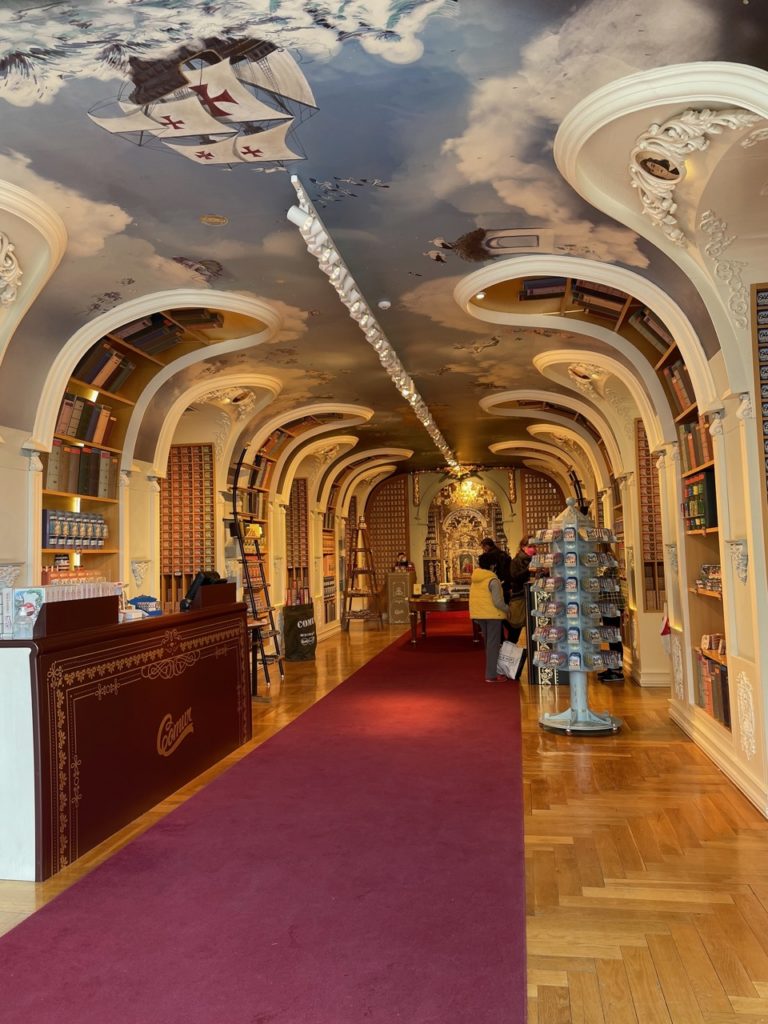
Once we had returned to flat land, there were still a few hours to go before dinnertime rolled around. We took that as an opportunity to further increase our step count for the day by crossing the Ponte Pedonal Pedro e Inês, a footbridge named after King Pedro I of Portugal and his second wife Inês de Castro, to walk through the Parque do Choupalinho. The air was crisp and the poplar trees, or choupalinhos, swayed in the breeze as we strolled through the park and our appetite grew. It just so happens that I found an article on the BBC about Pedro and Inês, who lived in the 14th century, and their story reads like that of a grisly Romeo and Juliet. While I’d not previously known of this rather shocking tale, who knows, maybe it inspired Shakespeare himself.
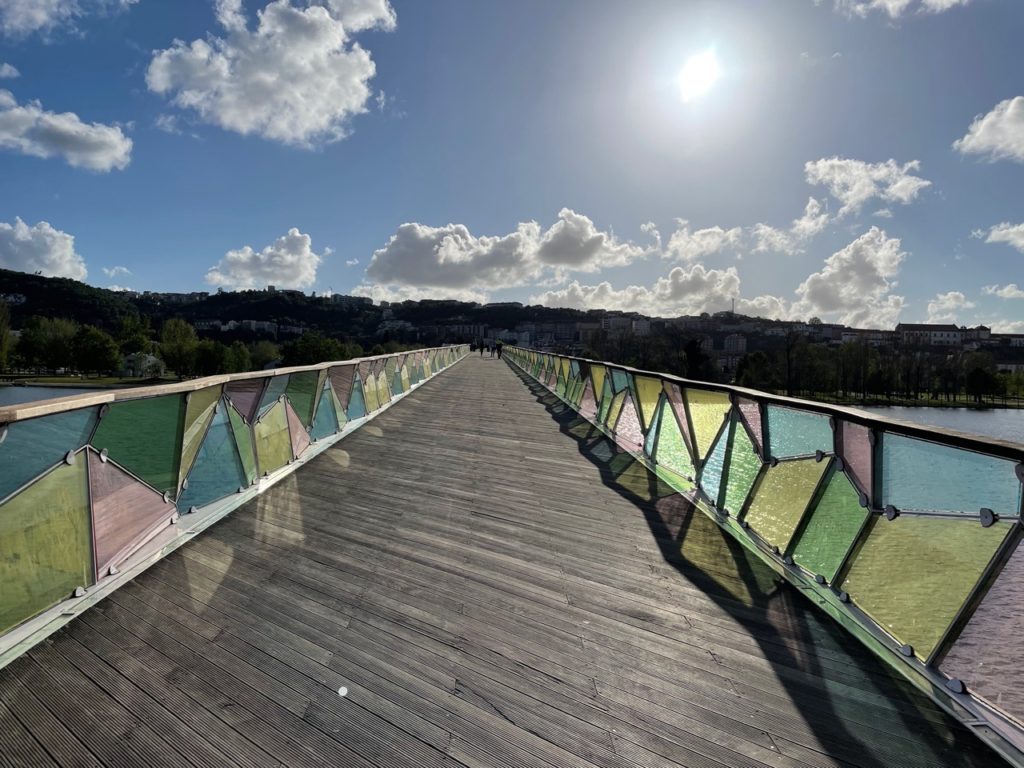

We don’t have any photos of our dinner, but for good reason. We were very hungry at Zé Manel dos Ossos, a cash-only, neighborhood establishment that specializes in large quantities of stewed meats. We arrived at 7:30 PM on the dot—when it opens each night—and found that only one table out of four or five was still available. By 7:45 PM, a considerable line had formed outside and by 8:00 PM, we overheard that no more people would be admitted to the queue. Eight parties waiting was enough for a restaurant that closes at 10:00 PM.
And then, bam! The next morning, we checked out of our hotel and headed to Porto!
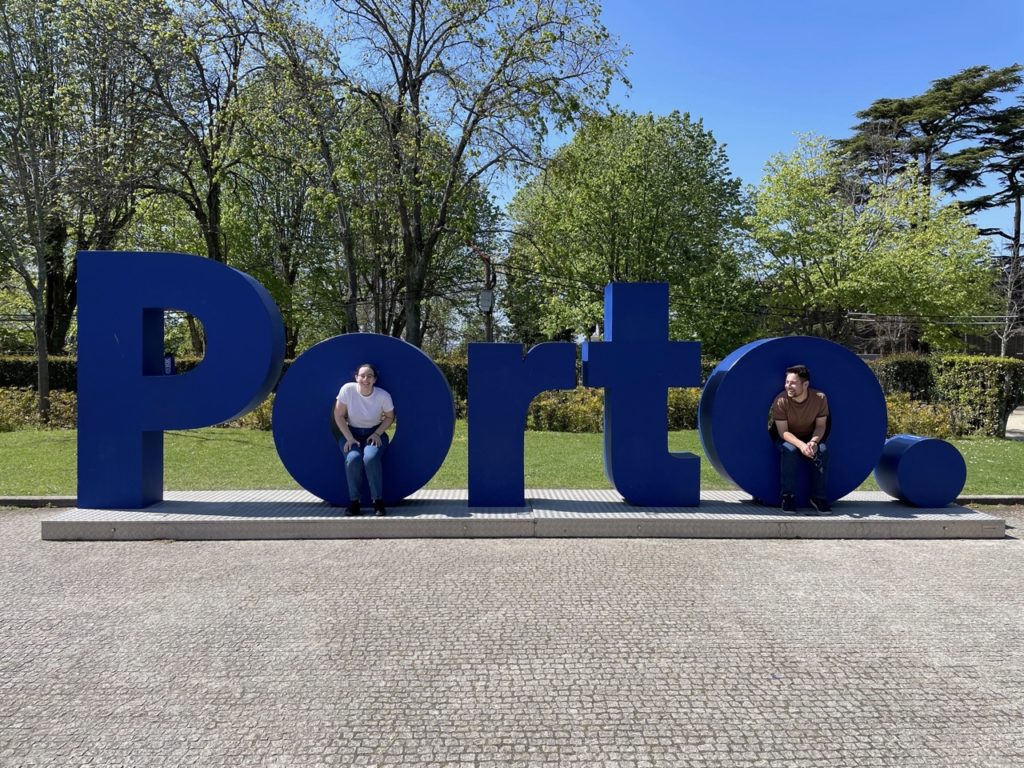
Just like in Lisbon, tiles were the most typical of building façades. This was made clear to us as we stepped off our train in the Estação de São Bento, whose walls are lined with tiles that are painted to tell a concise history of Porto. Everything from the Igreja do Carmo, the church in the middle, to the homes of Porto’s typical residents is absolutely plastered with these little rectangles, which makes for quite a shiny spectacle when taking a walk on a sunny day.
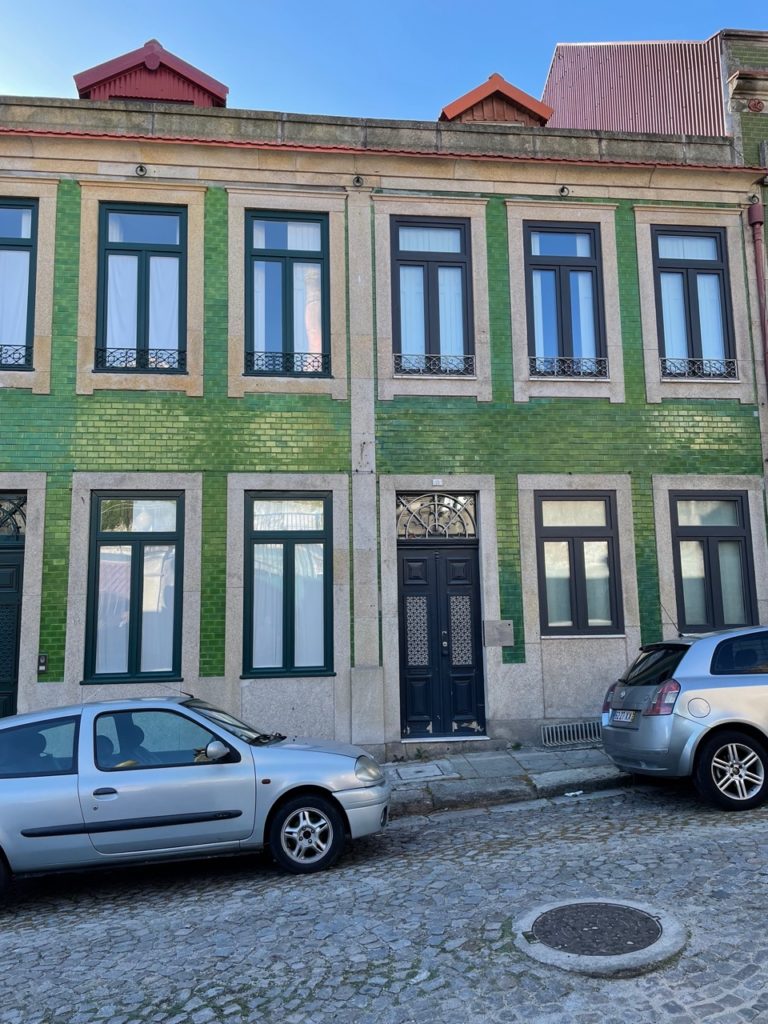
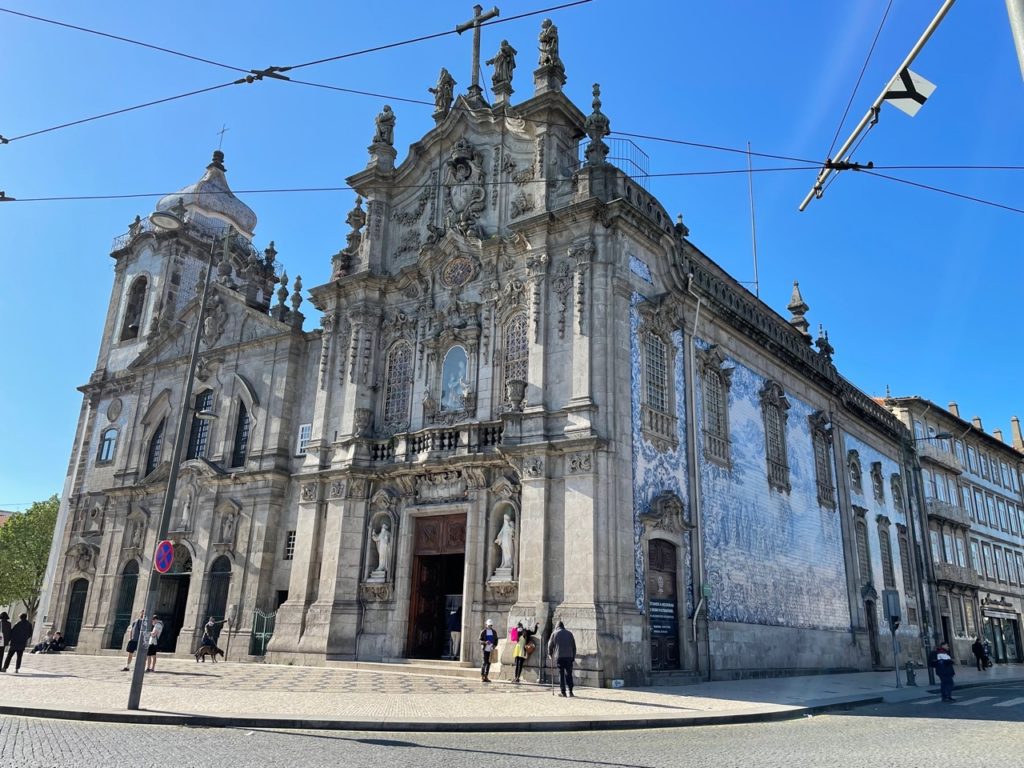
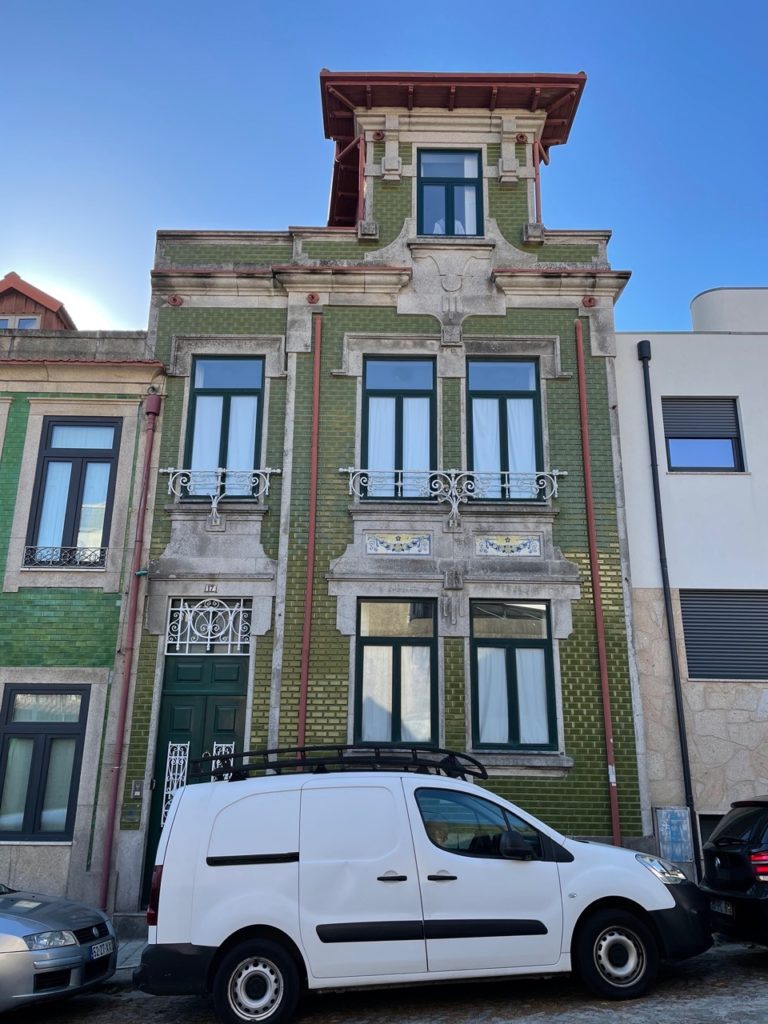
I can’t believe that I’ve written so much and not yet shared a food pic! I’m making up for that now with three, ranked in order of worthiness. On the left, we have a rice and duck dish from a typical Portuguese restaurant called O Buraco that was really spectacular. In the middle is a hot dog—yes, it’s been cut in slices like a baguette—called a cachorrinho, or puppy in Portuguese. Emma and I went to Cervejaria Gazela to try this specialty and we thought that the hot dog bun was too dry and there wasn’t enough meat inside. The only reason that we found this experience worthwhile is because we also ordered a lot of French fries, but you can get those anywhere. Finally, that monstrosity on the right is the infamous franchesinha, a dish most typical of Porto that’s known to be both a hangover cure and a cardiac emergency. I knew that I wanted to try one before I left Portugal and now, I’m happy to report that I’ll never feel the urge to eat one again. I’m not proud, however, to share what I put into my body on the first day of Passover: bread, wet-cured ham, smoke-cured sausage, breakfast sausage, a steak or roast meat, melted cheese, a fried egg, and a thick tomato sauce. It also came with French fries, so next time I’ll just order those and save myself from a trip to the emergency room.
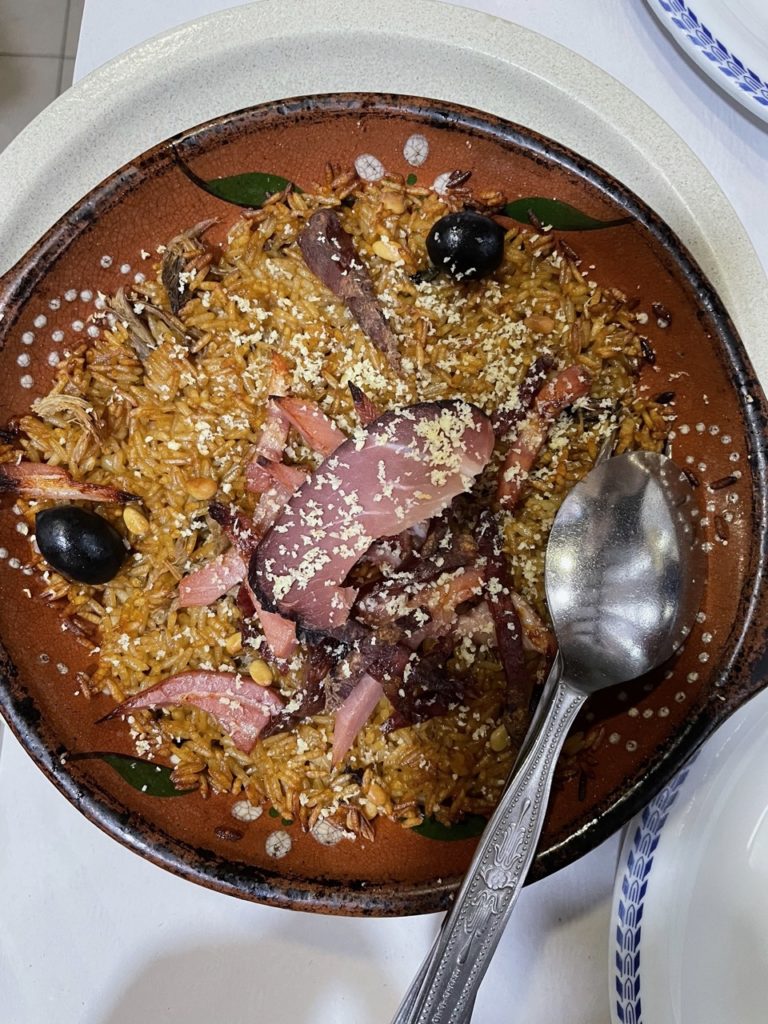
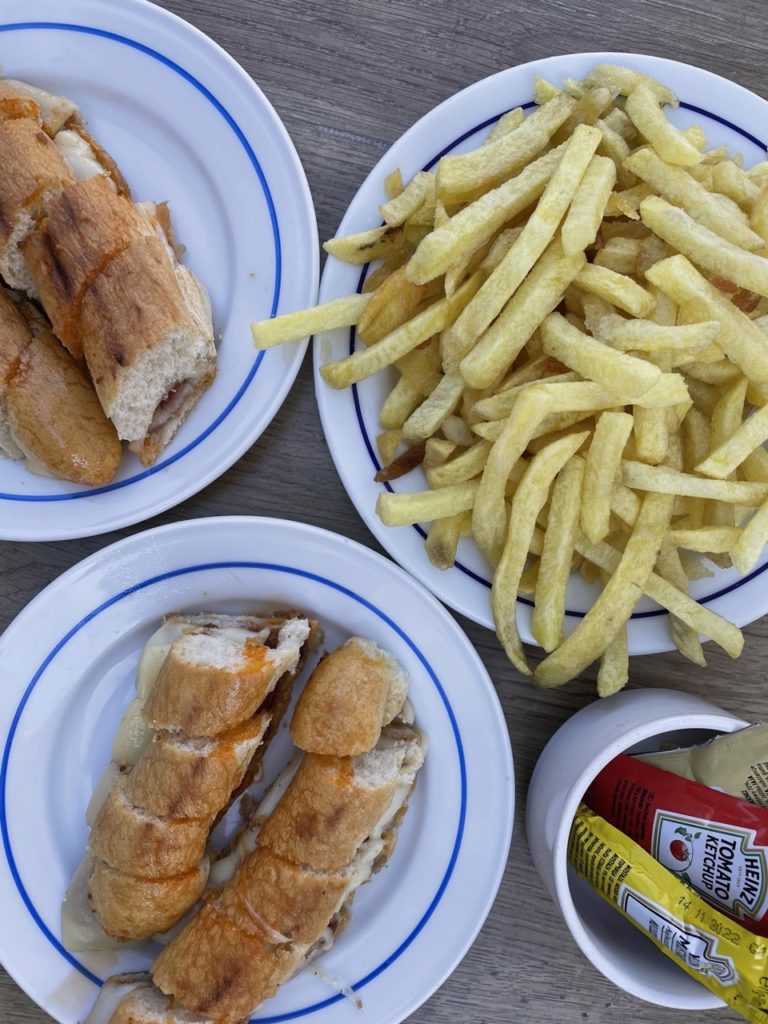

We spent a lot of time, just as we did during our day in Coimbra, bumbling around Porto without a clear destination in mind. For example, we crossed the Ponte Luís I, the two-story bridge that spans the Douro River and connects the old city of Porto with its newer neighboring cities, several times. On the southern shore of the river, tourists can find a great many wine cellars and shops that specialize in the fortified Port variety, which I’ll come back to in a moment.

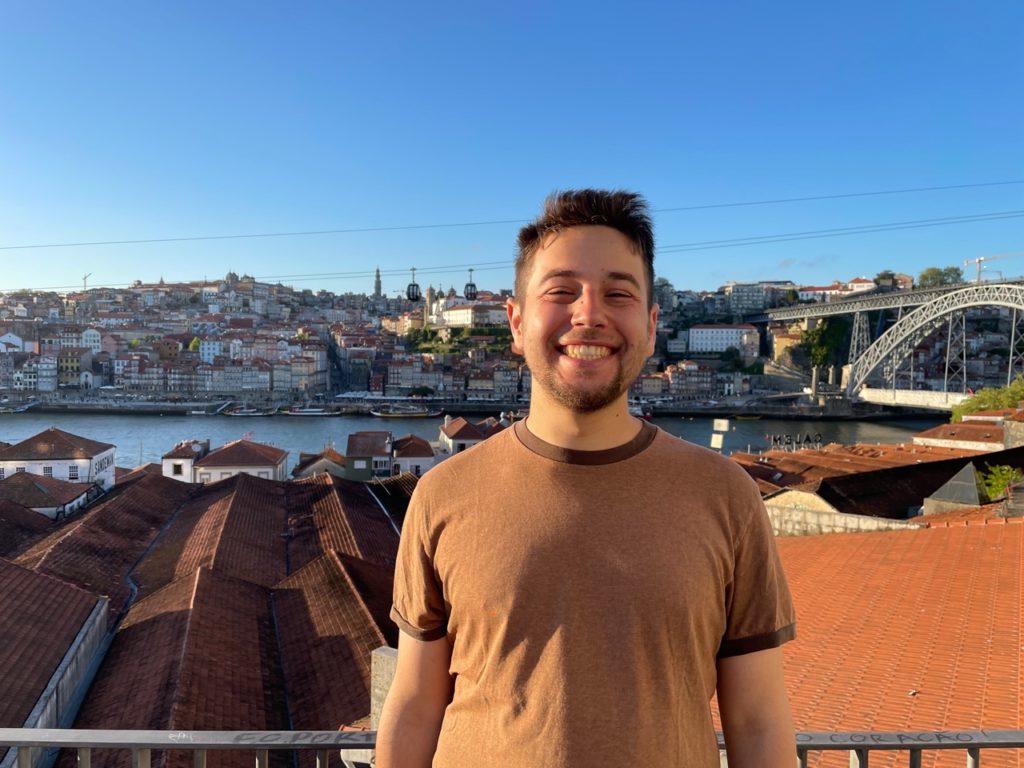
On another day, we made our way west to the Jardim do Roseiral, a rose garden that boasts stunning views of the Douro and all of Porto from its northern shoreline. We spent a good amount of time moseying through these gardens, where we also stumbled across the Torreão do Jardim do Palácio. At one point, this former turret tower must have provided protection for Porto’s residents, businesses, and aristocracy from seafaring invaders, but all that remains today is its structure and the extraordinary panorama that makes it one of Porto’s hidden gems.
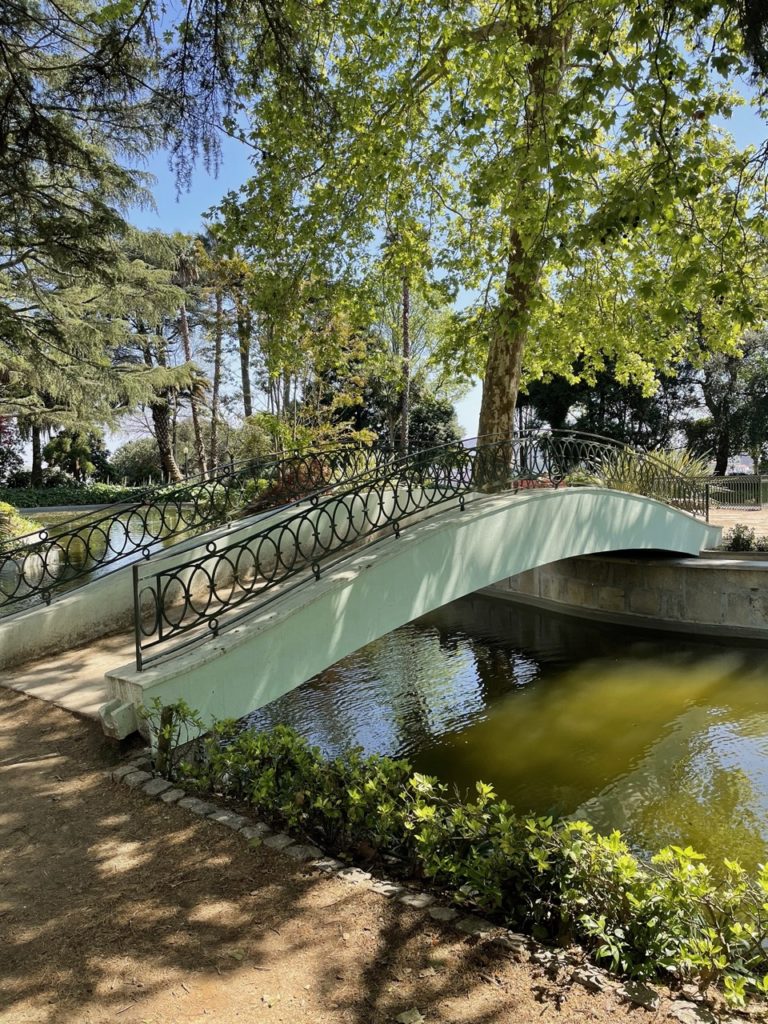
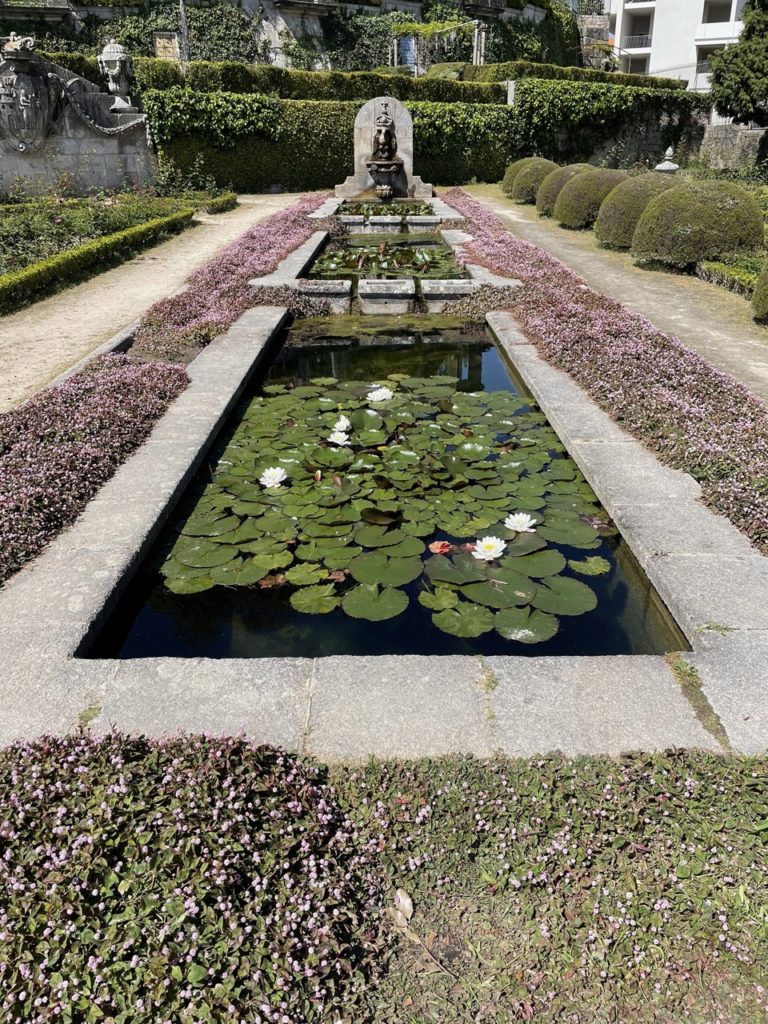

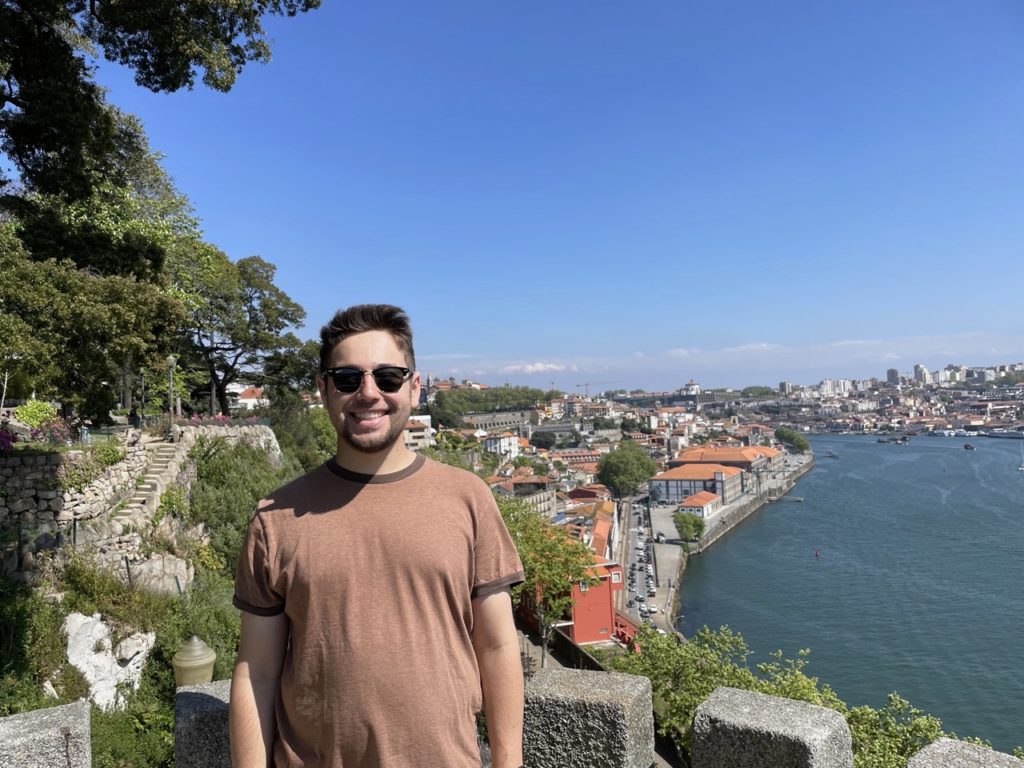
Do you know what the difference is between a ruby, a tawny, and a reserve? We do! On our last full day in Porto, we visited the bodega of Porto Augusto’s, a proudly local and family-operated winery. Like I mentioned before, there are many such wine cellars in the area, but as our tour guide kindly pointed out, a good majority of them have been bought by multinational alcohol and liquor conglomerates. Porto Augusto’s has been owned and managed by the same family for three generations and, we were told, produced the same quantity of wine in one year that those larger suppliers make in just one day. But what makes up for the lack of quantity is the quality, and Emma and I had the chance to taste two red and two white Ports. Unfortunately, we didn’t exactly have room in our backpacks for a bottle and didn’t feel it was worthwhile to pay the astronomical shipping costs to send it home. After all, we’re not sophisticated wine connoisseurs (for the moment, at least) and if we’re ever in the mood, we’ll just buy a bottle from Trader Joe’s.
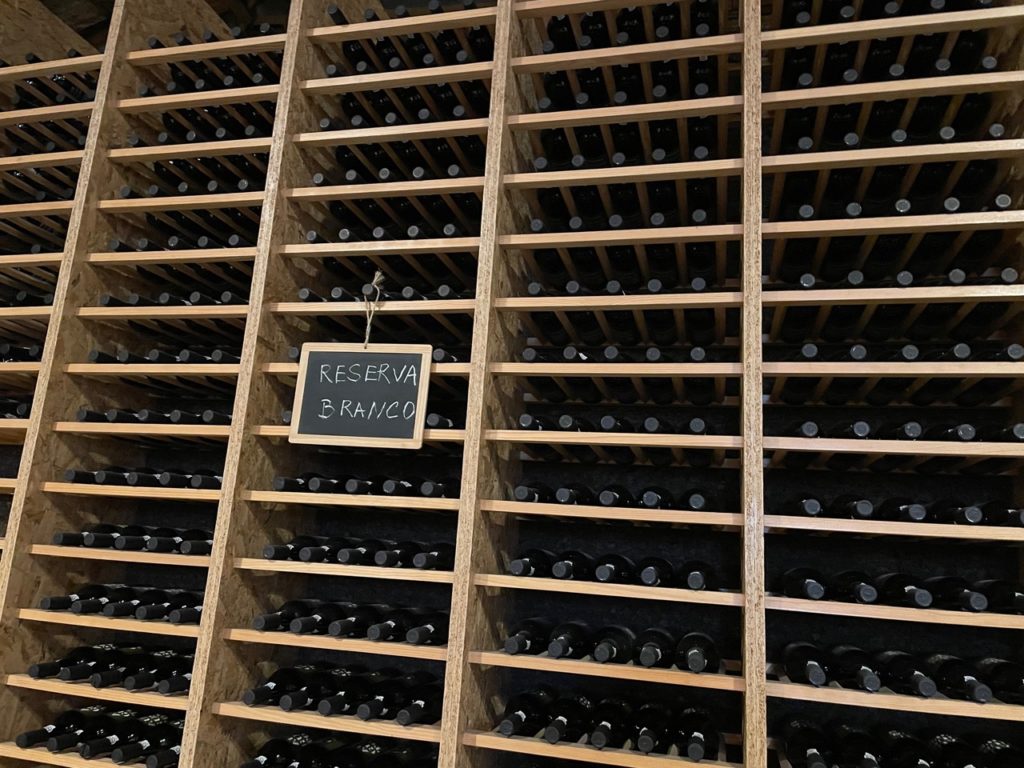

We left the wine tasting in the early evening and in an attempt to catch the sunset, we walked to the Jardim do Morro, a sizable green space that was packed with what seemed like all of Porto’s residents. As you can see in the photo on the left, we saw a magnificent sunset, but that wasn’t even the best part: Emma got a cubic foot of cotton candy!
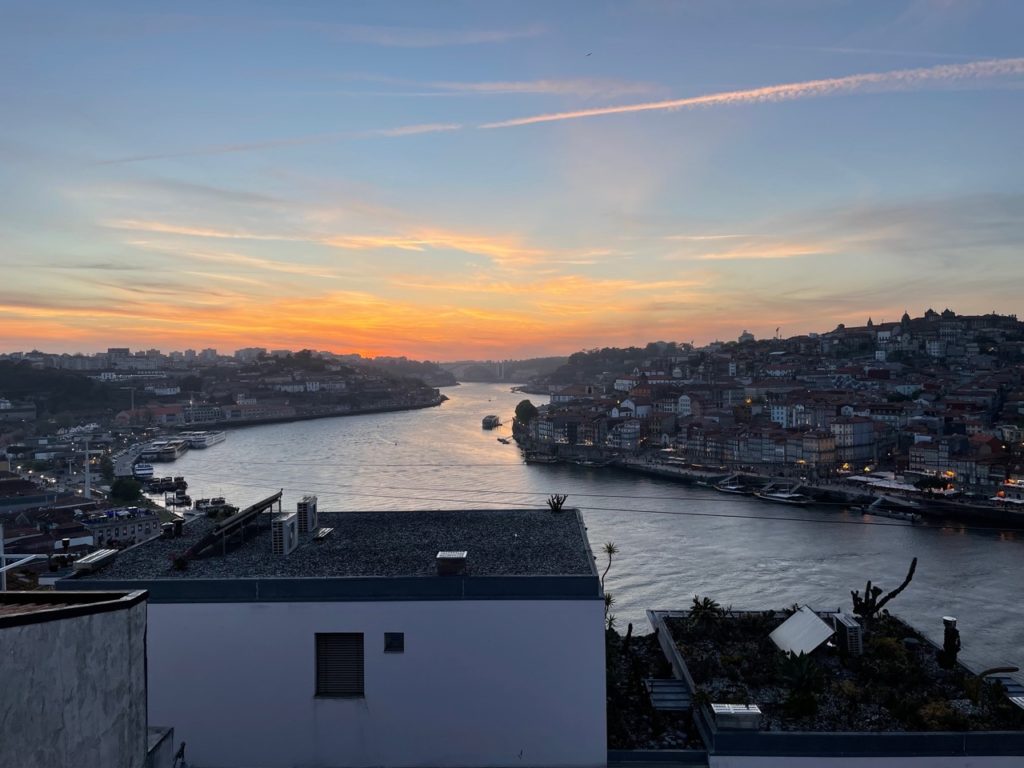

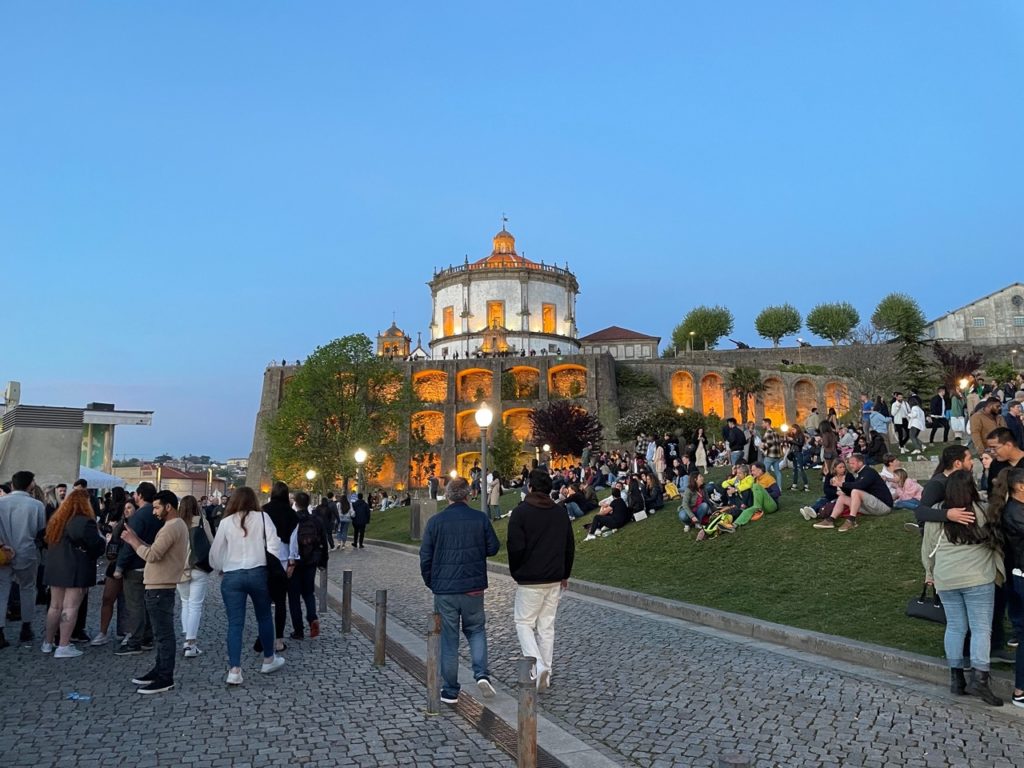
Just as that day came to a close, so too did our time in Portugal. Now we’re back in Spain and we’ll have an update coming to you shortly from Euskadi.
Travel is fun,
A
Que de beautés au Portugal ! L’ambiance est si envoutante ! Je vous ferai écouter du fado
Bravo pour le récit Andrew.
Bravo indeed, Andrew, yet again. Beautiful and fascinating, as fado must be as well. And what an interesting Pesach meal. But, oh my, I read the BBC article on Pedro and Inês, and “grisly” seems mild!
Thank you Andrew! A delight to read and see some of the marvels you are experiencing. Wow, I can’t believe that shop (it did look like a palace) is just sardines!
Love,
Lily
Hi Andrew…..great travel diary of Porto and the surrounding areas. Thanks for sharing and stay safe. Love Dad/Fred